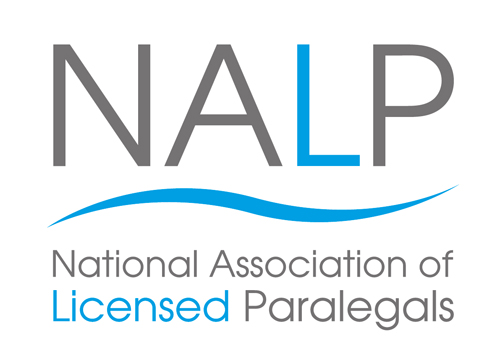By Amanda Hamilton, NALP

‘Transparency’ is the latest buzz-word in the legal services sector – and rightly so! This author has long since expounded the necessity for it and, at last, the Solicitors Regulation Authority will be implementing their ‘Rules’ on pricing transparency in December this year.
The new SRA Rules will mean that pricing structures must be available to consumers online or in hard copy, in order that they and businesses may be given sufficient information to compare costs and encourage an informed choice with regard to legal service providers. Of course, some types of cases cannot be assessed precisely, but solicitors’ hourly rates and fixed service rates for such matters as writing a Will, probate services, summary motor offences, conveyancing transactions, employment tribunals and immigration matters should be readily available.
In the last five years, within the sector, changes have been so radical that consumers are undoubtedly confused. It used to be that if you had a legal problem, you would automatically turn to a solicitor. Paying for the services of a solicitor was not given a second thought, especially if there was the possibility of legal funding (legal aid).
This has all been turned on its head. With the implementation of The Legal Services Act 2007, competition has been increased, all under the umbrella of ‘access to justice for all, at a reasonable cost’. Furthermore, legal aid has been withdrawn for all but the most urgent legal matters.
But what is the cost to the consumer? The average person on the street or, in legal jargon, ‘the man on the Clapham omnibus’ has no idea what the changes are, why they have been implemented and who to turn to with their legal problem. Many have decided to take on the burden of litigation themselves with devastating consequences for the court system. Litigants in person (LIPs) are causing the courts huge difficulties because they do not know what to do. Consequently, the courts are stopping cases to give LIPs assistance.
The unfortunate reality is that throughout the changes that have been made and implemented by the sector itself, no-one has considered how this has affected the end user of their services, nor have they given a valid explanation to them for the changes. There has been no ‘transparency’.
The other factors are that with the opening up of competition in the sector, how can consumers know whether what is stated on a particular website is the truth?
Apart from the statutorily regulated legal professionals; such as solicitors, barristers, chartered legal executives and licensed conveyancers; there are now numerous services offered by other individuals and organisations that are not statutorily regulated. Claims and comments made on their websites can be misleading at best, and possibly fraudulent at the other extreme. To mislead the general public is a dangerous path down which to venture. Not only can it be costly (and potentially terminal for your practice) it can also affect the
reputation of legal services sector generally, which is what must be prevented at all costs in order to preserve the Rule of Law. Remember, even comments made in very broad terms can cause assumptions to be made – so care must be taken.
It is perhaps left to the individual end user to do their own research, but unless providers of legal services, or those referring to themselves as ‘regulators’ (including those claiming to be ‘Voluntary Regulators’) are totally transparent, how can a distinction be made between them?
The SRA rules relating to transparency on pricing is long overdue and should be welcomed with open arms by the profession.
For far too long, the solicitors’ profession has implemented a ‘closed door’ policy on information and reasoning behind Solicitors’ pricing structures. They have left it to the individual firm or solicitor to decide what to charge. We should not forget that there would be no ‘legal profession’ without the clients who need their services.
Why, then has it taken so long for the SRA to take this step? It is common sense surely, that with the opening up of competition in the sector after the Legal Services Act 2007 was implemented, that this should have been the first step towards fulfilling the LSA objectives? It has taken the SRA eleven years to realise that this is a sensible way forward, and even then, only after the recommendations made by the CMA.
The sector currently is a minefield for consumers and, in the opinion of this writer, there has to be clear unambiguous information given to them, not just in relation to pricing, but in respect of what legal services providers there are within the sector, what they can offer and the distinction between them, so that they can make that informed choice.
We can hope the new SRA rules is the first step towards implementing further rules on transparency.
ABOUT THE AUTHOR Amanda Hamilton is Chief Executive of NALP, a non-profit Membership Body as well as being the only Paralegal body that is recognised as an awarding organisation by Ofqual (the regulator of qualifications in England). Through its training arm, NALP Training, accredited recognised professional paralegal qualifications are offered for a career as a paralegal professional. See: http://www.nationalparalegals.co.uk

Comments